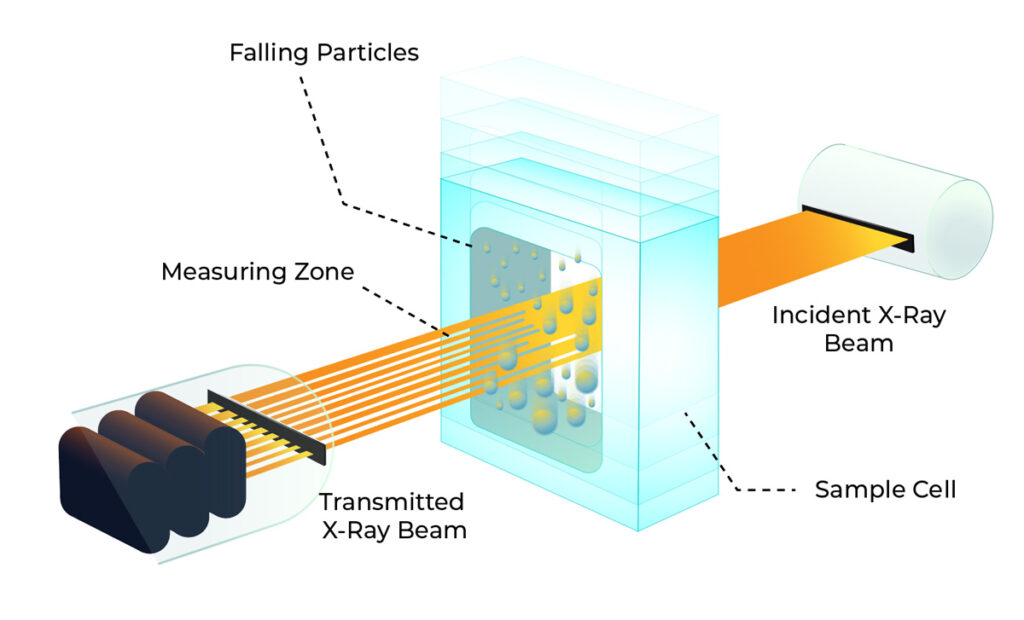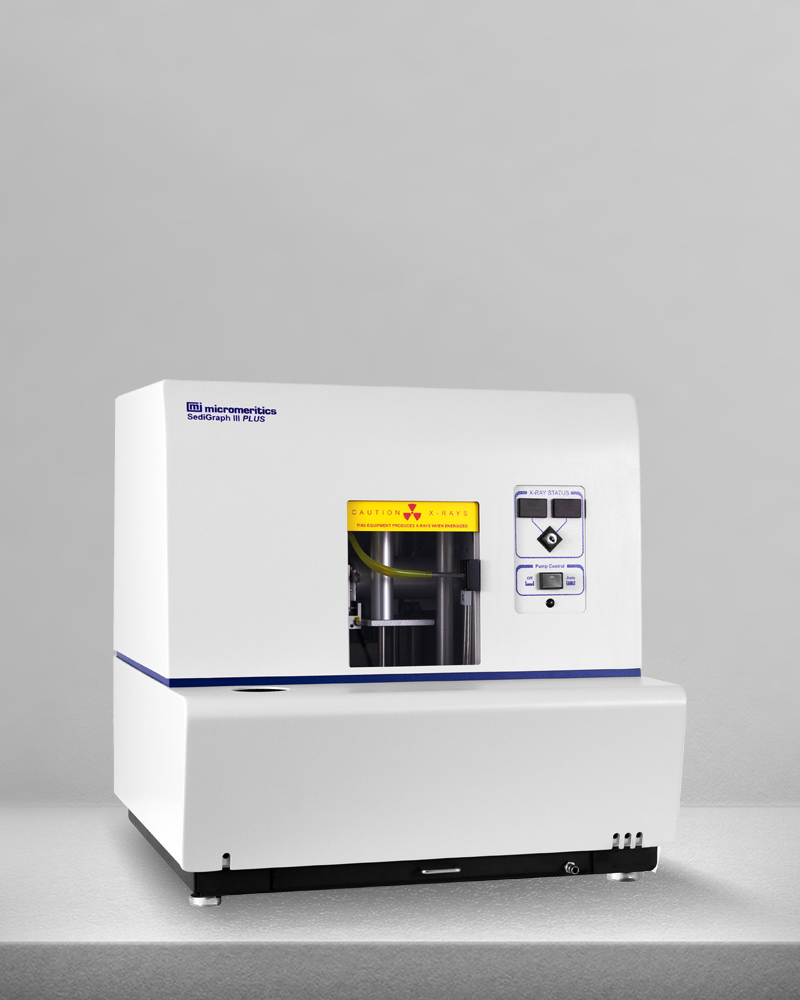At Micromeritics, we offer instruments designed for precise particle size analysis, a critical factor in industries ranging from coatings and minerals to pharmaceuticals. This page describes principles of particle size measurement, the advanced techniques we utilize, and how our technology can optimize your research, development, and quality control processes.
Particle size refers to the dimensions of individual particles in a material, typically measured in terms of diameter. Understanding particle size is critical as it influences the physical and chemical properties of the material.
Two techniques available for measuring the particle size are x-ray sedimentation and air permeability.




Fully automated replacement for the Fisher Model 95 Sub-Sieve Sizer (FSSS) for particle size, surface area, and powder bed porosity
We provide a comprehensive range of characterization services whether it is the analysis of a single sample, a complex method development or validation, new product assessments, or addressing large-scale manufacturing projects.
to stay connected to product news, software updates, and the latest scientific resources
Copyright © 2025 Micromeritics Instrument Corporation